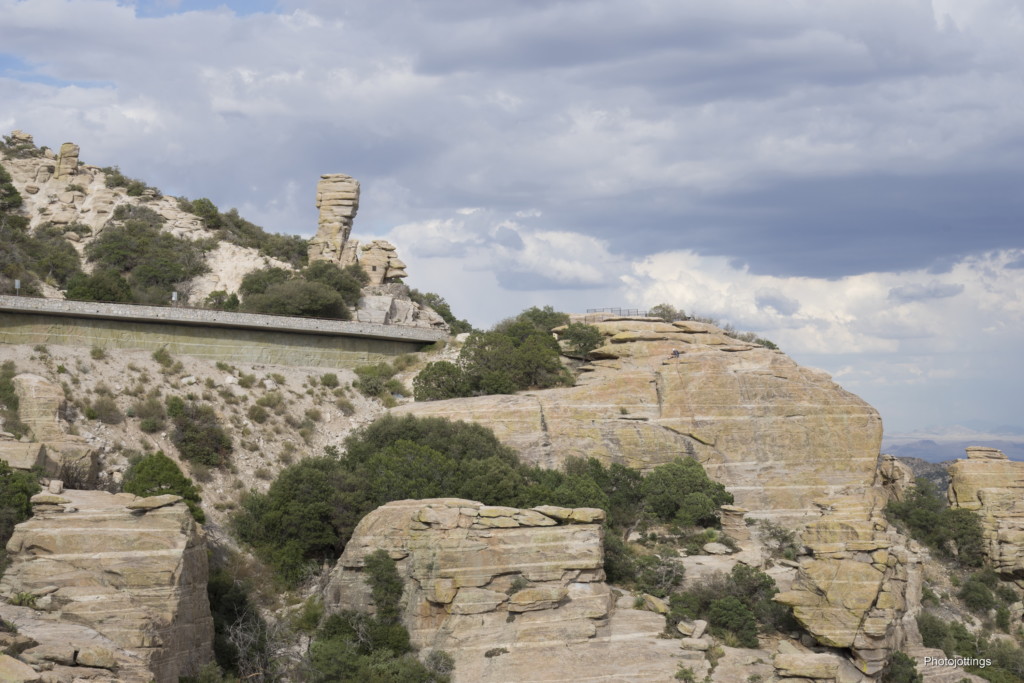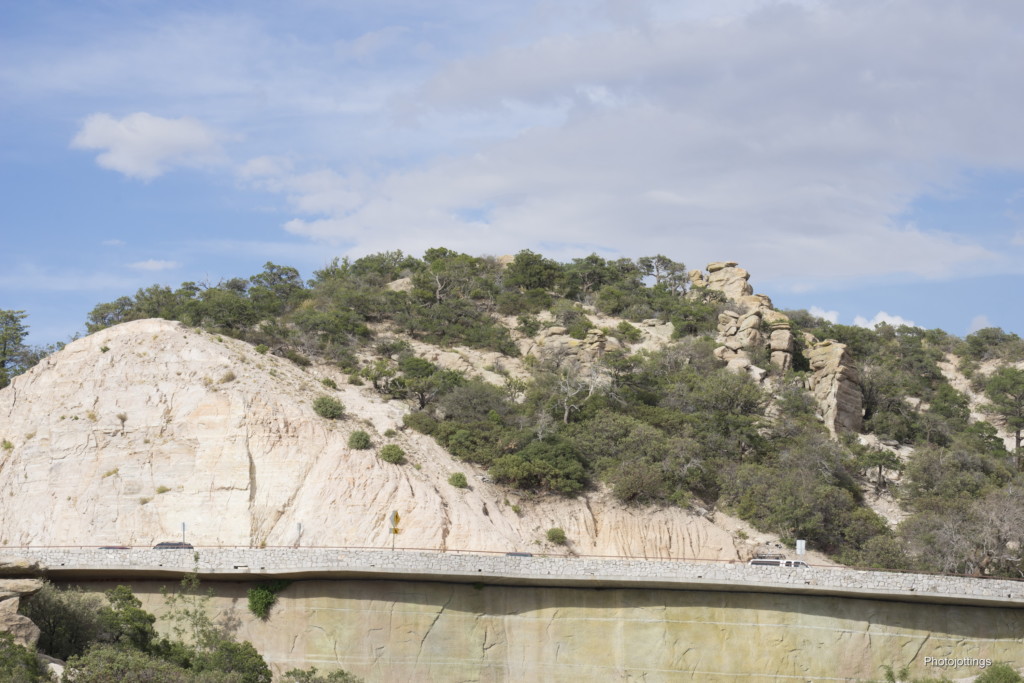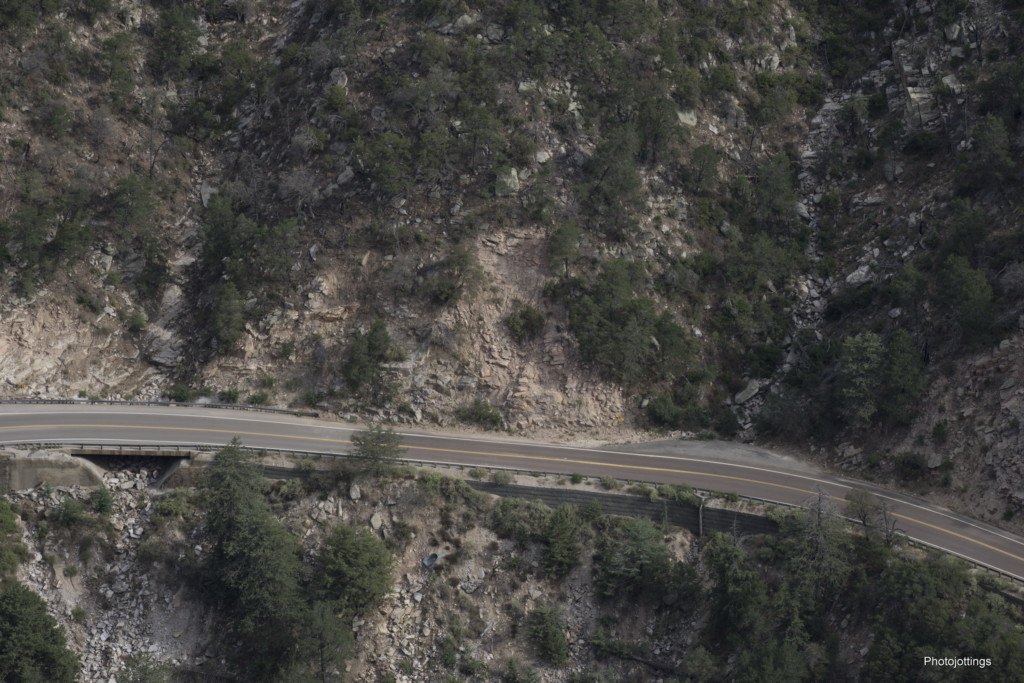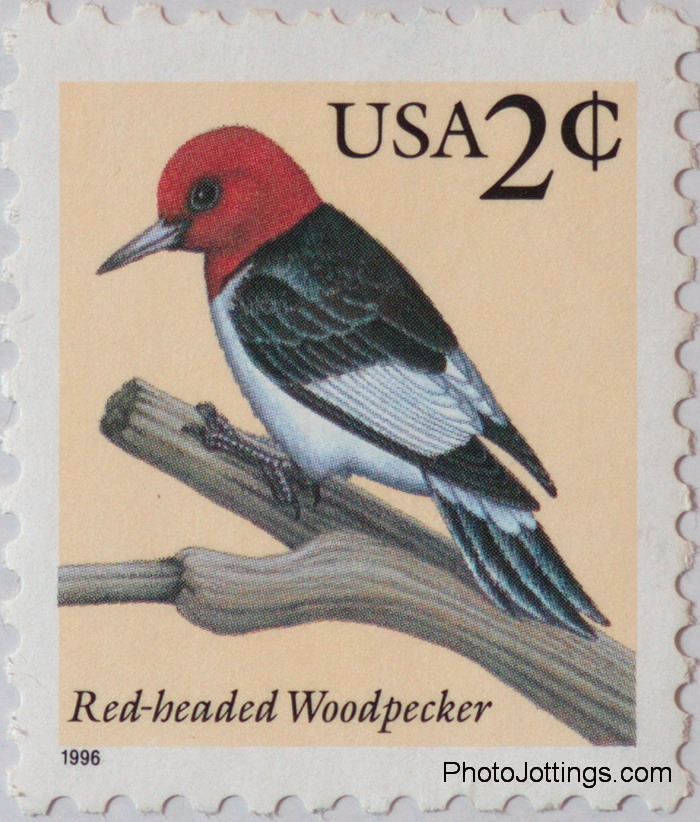The Sony FE 70-200mm F/4 G OSS is the first ‘pro’ type zoom lens for use with Sony’s full frame ‘E’ mount system. Don’t confuse this lens with the similar looking Sony 70-200mm F/2.8 G lens reviewed here. As with all lenses in this class, it has a constant aperture (this one is F/4) over the entire zoom range and will not fluctuate at different zoom lengths. Also, the zoom is all internal, meaning it does not extend out when zooming. The included tripod collar can be rotated for appropriate camera orientation, or can be taken off if not needed. The collar has a 1/4″-20 thread on the bottom.
Sony included OSS or Optical (Steadyshot) stabilization on this lens, which really helps out in low light conditions. You can turn OSS on or off from a switch on the body, or in the menu system. You can change how the OSS system works too; the bottom switch is for OSS mode: option ‘1’ is for ‘normal’ camera shake, and mode ‘2’ is for panning moving subjects. Additionally on the switch panel: AF/MF on top, and below that a focus limiter mode switch; full mode for the entire focus range, and a limited mode for subjects extending farther than three meters or about ten feet. There are three focus hold buttons around the barrel, and they apparently cannot be used by some older camera models.
Fit and finish are excellent. The lens is made of what Sony calls aluminum alloy. You’ll find closely ribbed rubber grips around the focus and zoom rings. Sony claims the use of one regular aspherical element, two advanced aspherical elements, two ‘ED” and one ‘Super ED’ element in the design. Lens is made in Japan.
Filter size is 72mm, and is so far the only full frame ‘E’ lens that uses this size, although it’s used also on the smaller APS-C Sony 18-105mm F/4. Advice from your host; I’d stay away from super expensive Sony filters and cheap ‘general brand’ filters. I’ve had great luck with Tiffen and Hoya; they’re priced appropriately, and are the only brands I use now.
Focusing. This lens auto-focuses quickly and very accurately with the A6000 and A7R, and has a very quiet dual linear focusing (SSM) motor so it can be used for video. The front filter ring doesn’t turn when focusing, so your polarizers and grads will work great. The focusing ring is easy to turn, and is damped properly; it will not turn with light touching.
Zoom. Zooming is smooth and even, and properly damped in my opinion; you cannot roll the zoom ring with one finger.
In the box is the lens, front and rear caps, a vinyl softcase, and a high quality plastic solid type hood.
Note: All test images in this review were taken as RAW, and converted to Jpegs with no sharpening or other post processing.
check out the product shots below.
Specifications
| Official lens name and code | Sony FE 70-200mm F/4 G OSS SEL70200G |
| Box contents | Front cap, rear cap, high quality plastic solid type hood, vinyl carrying case and user’s manual. |
| Cost | $1499 as of 6/14. |
| Build Quality | Excellent. |
| Additional information | This model is made for Sony ‘E’ mount cameras, and won’t work on ‘A’ mount cameras as of this review. |
| Optical configuration | 21 elements in 15 groups. |
| Angle of view | at 70mm; 34° diagonally, 29° horizontally, and 19° vertically. At 200mm; 12° diagonally, 10° horizontally and 7° vertically. |
| Aperture | 9 blades, curved |
| Coverage for | Sony E mount 24x36mm sensor. When mounted to an APS-C camera, the coverage area is equivalent to 105-300mm in 135 film format. |
| Depth of field and focus scales | nothing. |
| Minimum focus, image plane to subject | listed by Sony as 39.3″ (1m) at 70mm, and 59″ (1.5m) at 200mm. |
| Minimum focus, end of lens barrel to subject | About 45″ (114cm) from front of lens barrel, no hood at 200mm. |
| Infinity focus hard stop | No. |
| Length changes when focusing | No. |
| Focus ring turn in AF | No. |
| Filter size | 72mm filter. |
| Filter ring rotates | No. |
| Maximum reproduction ratio | 1:7.7 or 0.13x. |
| Minimum F/stop | F/22 |
| Sony Teleconverter compatible | No. |
| Length changes when zooming | No. |
| Dimensions WxL | 3.13″ x 6.9″ 80mm x 175mm. |
| Maximum extended length | N/A |
| Weight | 29.5oz, (837g) bare. With tripod collar and hood, 35.8oz, (1014g) |
Optical qualities summary.
| Lens flare/ghosting | overall, good control. |
| Light fall-off | Very good control at all apertures and focal lengths. |
| Color fringing | Good control at all focal lengths. |
| Bokeh | Mostly smooth at closer focusing distances at all focal lengths, but can become harsh when near 200mm when focusing at longer distances, see bokeh samples below. |
| Color | seems about the same as other Sony lenses. |
| Close-up filter | not tested |
| Coma | None. |
| Regular filters | cause no noticeable additional light fall-off, see vignetting below. |
| Filter size | 72mm. not used much in Sony’s ‘E’ world. |
| Distortion | Mild to moderate through most of the zoom range. |
Miscellaneous samples.
This first image is our maximum reproduction ration testing US stamp (which was used for several years at the old site), measuring 0.87″ x 1.0″ or 22mm x 25mm. The Sony FE 70-200mm F/4 G OSS has a reproduction ratio of 1:7.7, which is about typical for a zoom lens in this class. The shot is soft at F/4, but pretty sharp at F/5.6-11.
The next four images show the distortion at each indicated focal length. It has mild to moderate distortion patterns at most settings. Distortion is easy to correct in most post processing software using simple sliders. Don’t worry about this if you shoot jpegs with all the corrections on; or for landscape shots with no straight lines near the image edges.
The last two shots are flare and ghosting samples. This lens handles the sun quite well for a telephoto lens. The shots below are with the sun inside the frame; this is the worst I could come up with.
Light fall-off.
Light fall-off is well controlled; I tested 70mm and 200mm. There are no problems here.
Bokeh
Bokeh or the character of out of focus highlight blur is somewhat smooth at all focal lengths and apertures when focusing on something close. It has obvious signs of aspheric element use, as concentric (onion) rings are visible if you view your images at their maximum size; at smaller sizes, it can look smooth. However, if focusing at longer distances near 200mm, with the background relatively close to the subject, the bokeh can become harsh, much like this lens. Check out the last two shots to see what I’m talking about.
Click picture, then right click and download for large size image.
70mm resolution samples.
Feel free to download these for your personal inspection. Crop them or toggle between the images to see how sharpness changes between aperture settings. These images were taken in RAW and converted to Jpegs; I did not apply sharpening or other post processing; however, they do take sharpening very well.
I see sharp centers and mid-sections at F/4, but there’s a nice bump up in resolution at F/5.6. Along the sides F/8 seems to be best, with little change between F/4-5.6 except for light fall-off. Diffraction Softness shows up at F/11 over the entire image.

Click button for full size image.
114mm resolution samples.
Our 114mm samples show about the same as the 70mm samples. F/5.6 is best in the centers and mid-sections. The extreme sides are not as sharp as the centers, but look quite good at F/8.

Click button for full size image.
200mm resolution samples.
The 200mm samples are very sharp at F/4 across the frame, and really don’t need to be stopped down if resolution is your concern. The sides do brighten up at F/5.6. Heat shimmer is slightly present in this set.

Click button for full size image.
Conclusion.
The Sony FE 70-200mm F/4 G OSS is a nice addition to the ‘FE’ system. I like the build quality and features of the lens, it’s basically the same as the faster F/2.8 ‘a’ mount model. I didn’t have the ‘a’ mount model with me as of this review, but based on my sketchy memory and test images, I’d say the overall performance is about the same. Bear in mind the ‘a’ mount is a stop faster, and about 50% heavier, but not that much larger.
Pluses for the Sony FE 70-200mm F/4 lens; very sharp at the long end at F/4, very low light fall-off, fast and accurate AF, mostly low distortion and nice ‘G’ build quality. There are no real negatives to report, however, I’d like to see the sides a little sharper at the short end, but then again, this lens is more for portrait and action, not so much landscape type work, so the sides should not be a huge concern.
Price-wise it seems expensive, but not for a Sony premium lens; It’s probably about right at US $1499, that’s half of the ‘a’ F/2.8 price.
Check out the Sony FE 70-200mm F/4 lens and help support the site! Thanks!



























































